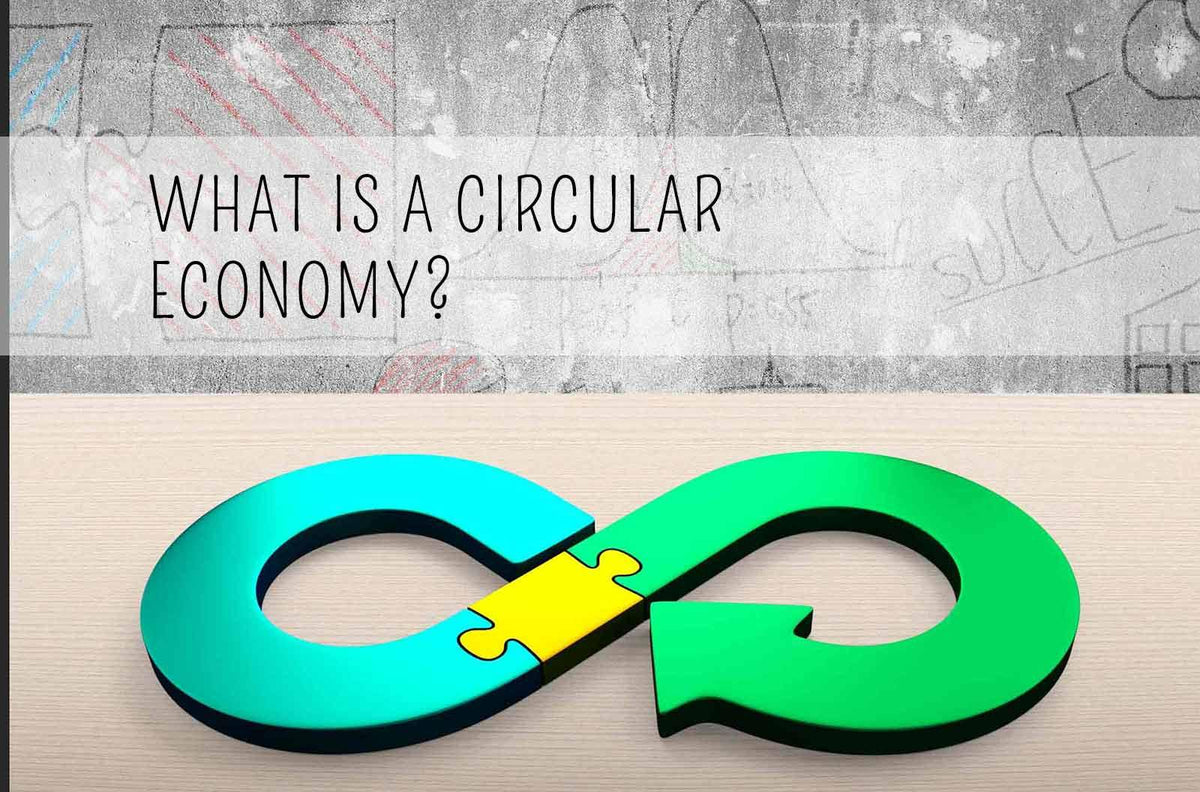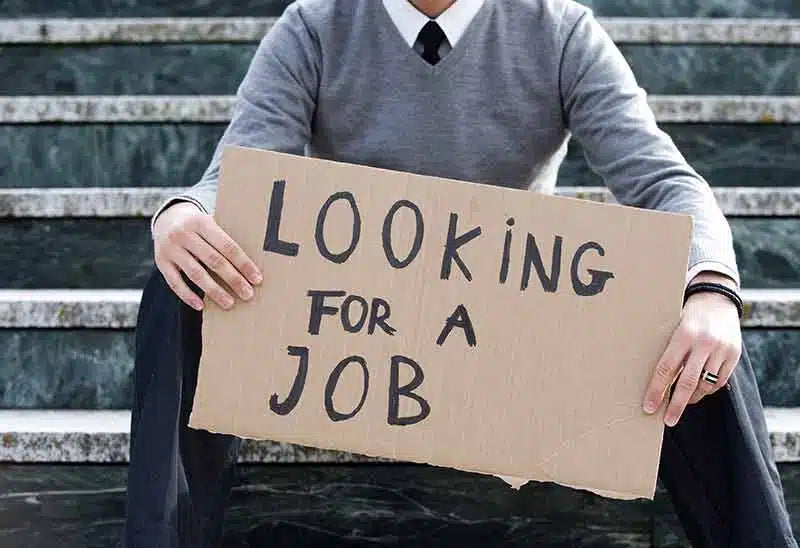First-time visitors to Georgia often want a clear, stress-free introduction that balances culture, nature and everyday comfort. Many begin in Tbilisi, where the airport sits close to the city centre and the compact Old Town allows easy walking between the sulphur baths, Narikala cable car and riverside viewpoints. Sustainable travel here means choosing walkable routes, local cafés and small hotels that support the community. Short trips to Mtskheta add historical depth without long drives, while Kakheti introduces wine traditions through slower, guided visits that reduce unnecessary transport. Some travellers combine Tbilisi with Batumi, using efficient internal travel rather than multiple flights. At Friendly Turtle EcoBlog, we encourage first-time visitors to travel Georgia responsibly by pacing itineraries, staying in family-run guesthouses, joining small-group tours and respecting local ecosystems. These mindful choices help reduce environmental impact while still offering a rich, authentic experience of Georgia’s cities, landscapes and traditions.
Share your articles with us and get published! Reach out at hello@friendlyturtle.com.
What Is A Circular Economy?

What is a circular economy, why is a linear economy bad, and what is the circular economy model?
We live in a modern world where everything is at our fingertips. We are a society of fast-consumers, grasping at every opportunity to build and develop. So let us talk about the effects of the waste of our world for a few minutes.
And yes, it may be easier to flick across to something a little more light-hearted, but the hard truths need to be heard too, and they are the conversations we need to have most.
Our world is creating a waste jungle equating to 2.01 billion tonnes. That’s 2.01 billion tonnes going into our ground, oceans, rivers, air supply, and food. We live in a linear economy of producing, using and disposing, which is the sole contributor to the world’s largest pollution problem it has ever faced. So how can we get shifting towards a circular economy, and how can we grow together?
What Is A Linear Economy?
A linear economy is the name given to the simple process of producing an item, using it once and then throwing it away. In some occasions, the item thrown away can be re-used or parts can be recycled to make a different single-use item but they are mainly thrown to the tip of the waste-berg at the end of their life.
In the UK, we are currently living under the linear economy, and so do many other developed countries. We are high consumerist societies and we're fed by fast-paced capitalist production. In order to transition away from being a wasteful society, we need to grow a community big enough to make a difference in demand.
To combat this, lets make an introduction to the circular economy…

What Is A Circular Economy?
A circular economy model is a way an economy can use sustainable and natural materials to produce, reuse, recycle and restart with added raw materials.
It’s based upon the idea that we can continue to operate as a developed country using only natural and sustainable materials, over and over again until it becomes part of the Earth. And, by this we don’t mean plastics that are reduced to landfill - we mean biodegradable, natural materials that don't leave a lasting scar on our planet.
Living in a modern world of technological advancements, the circular economy doesn’t overlook materials that cannot be reused. The aim would be to maintain resources for as long as possible while introducing raw materials to restore them. When an item can’t be used for its original purpose or stripped to renew something else, only then will be disposed of, and properly.
As an example, we could incorporate the idea of ‘leasing’ products such as white goods. And, when the newest model is released – or, your current model needs repairing – they would take it away, strip it and then return the same machine like new with the original materials.
Countries such as the Netherlands, Slovenia, Belgium and France have all taken the lead in becoming thriving circular economies of sustainability and, now, it’s our turn to make a contribution.
The Benefits Of A Circular Economy
According to a 2020 report from GOV.UK, 62% of waste is a result of the construction industry, while 18% is industrial, 12% is household waste and the remaining 8% is in ‘other’ activities.
If the UK were to transition towards sustainable materials, there would be a considerable decrease in the impact of fast-consumerism. It would significantly reduce waste and remove pressure on low resources: the ultimate aim for the circular economy.
This is because we would reuse the products that we already have in order to make new ones, instead of throwing away old items and buying new. So, our finite number of materials are in a continuous cycle of use. But there’s more:
- It will reduce unemployment
In order to maintain a circular economy, prospects for manufacturers, repairers, and researchers will increase. WRAP have found evidence to support the idea that the British financial stand-point would thrive under a circular economy due to unemployment reduction.
Jobs will be available in sectors such as bio-refining, closed-loop recycling, remanufacturing, security, research and innovation, sustainable resource management and more.

- Fixing products allows them to keep their value
As products wear, their value drops. For example, when a phone breaks, many simply replace it these days. Their new phone has taken new materials to build and their old phone lies on waste mountain. Why did we ever stop fixing things? We can save money, pollution and materials by repairing things, as well as having the option to sell it on for re-use.
The same works with clothing; as fast-fashion has become a dark part of every-day modern culture, the clothes we no longer want are being tossed for new clothes even if they can be easily repaired.
But, we don’t want our (responsible) fashion retailers going out of business. Since clothing repairs and tailoring would create new job opportunities, highstreet stores could adopt these repairs as a service. Imagine if you could go to your favourite retailer to get your favourite jumper sewn for a fraction of the price of a new one, at a fraction of the cost to the environment?
- There will be fewer greenhouse gases
By eliminating waste, re-circulating materials and re-using products, we are able to reduce the need for new production in some of the hardest-hitting products out there: cement, plastic, aluminium and steel. Instead, people are able to bring these materials back into circulation to be re-used again.
This can be done by de-constructing a current structure, melting and re-moulding materials and then building a new property with these same repurposed materials. Another way would be to continue to restore a current structure by adding new raw materials where necessary.
On top of this, as part of a circular economy model, manufacturing companies would make the switch towards renewable energy sources. This will cause an immediate and positive impact on the environment without burning fossil fuels.
- There will be a focus on renewable energy
Although we already have many renewable energy sources such as solar, wind power, geothermal, biomass, nuclear and tidal, they only amount to 34% of our usage in the UK. In a circular economy, the motivation would be to increase the usage of renewable energy to 100%.

- Foods will become more healthy
One of the biggest problems causing household waste are pre-packaged or factory-produced foods. Even fresh produce is packaged and sold to consumers, only for the packaging to be removed and thrown away immediately.
Within a circular economy, plans would be to increase healthy and natural products on the market, avoiding unsustainable methods. These methods include; pollution from factories production that manufactures unhealthy food, using unsustainable palm oil to preserve this food, the emitting of vast amounts of chlorofluorocarbon from refrigerators in supermarkets, and plastics used to package these.
If we support each other in living ethically and sustainably, we could be eating fresh, home-made meals that haven’t been unnecessarily packaged or over-produced (and our guts would thank us, too!).
As a nation, the UK would benefit nutritionally, environmentally, socio-economically, financially and more. So, why are we still in a linear economy? Although the UK government has proposed plans with a 25-year shift towards a circular economy, it takes co-operation from businesses and individuals to get it off the ground and running.
So What Can You Do To help?
So, now that we know what the circular economy model is and what it means to the UK, now it’s time to understand how we can make it happen.
Individually, it may seem like our efforts are small. But, with time and the spreading of awareness, we can build circular communities, countries, continents and then – eventually – we will have built a sustainable circular world (even though it’s already round...).
Here are just some of the things you can do to help shape the new and emerging circular economy:
- Using organic foods to reduce the use of GMO’s and pesticides while allowing for the waste materials to be used in valuable nutrient looping
- Buying only what you need
- Repair where possible
- Buy second hand furniture and up-cycle
- Walk, cycle or use electric transport
- Use sustainably made products (we can help there!)
- Avoid fast fashion
0 comments
Let customers speak for us
Blog posts
A calm, multifunctional garden can be more than a pretty backdrop it can become a practical extension of your home that supports slow mornings, outdoor meals, and genuine downtime. In this Friendly Turtle EcoBlog guide, we look at simple, sustainable ways to shape an outdoor space that feels organised, welcoming, and easy to use throughout the week. Start by creating clear “zones”: a quiet seating corner for reading, a dining spot for relaxed lunches, and a flexible open area for play or potting. Light-touch structures, such as an airy pergola or a sheltered veranda, add definition without blocking daylight, making the garden usable in changeable weather. Keep the mood restful with layered planting: evergreens for year-round structure, seasonal flowers for colour, and lightly scented herbs near paths. Choose reclaimed or recycled materials where possible, add soft warm lighting, and reduce water waste with mulch and a simple rainwater butt. The result is a garden that feels calm, functional, and kinder to the planet.
Finding the right mental health support in Woodland Hills starts with checking credentials, treatment approach and access to care. Look for licensed clinicians with training in evidence-based therapies such as CBT or DBT, and ask whether programmes offer coordinated psychiatry, talking therapy and crisis support when needed. The best providers also explain your options clearly, from outpatient sessions to more structured day programmes, and may include complementary practices that support recovery, such as mindfulness, movement and nutrition guidance. At Friendly Turtle EcoBlog, we often explore how everyday choices shape wellbeing; this guide applies the same practical lens to mental health care, helping you compare services, understand what ‘holistic’ really means, and choose a setting that feels safe, respectful and tailored to your needs. It also highlights practical questions to ask about availability, confidentiality, fees and insurance, so you can make a confident, informed decision.



